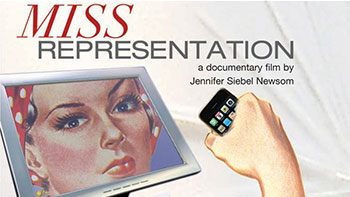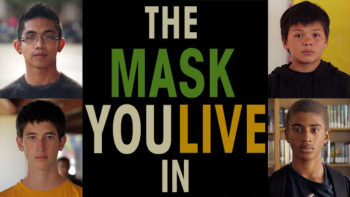As a youngster, I played with my fair share of dolls. The Disney princess dolls, the quintessential Barbie dolls, and even those singing Spice Girl dolls. I may have had a Ken or a prince somewhere in that mess. By virtue of maturation, these days my classic playthings are neatly nestled in all of their missing arm, tangled hair glory in a storage box in the depths of my parents’ garage, never to emerge again.
Yet despite having been a doll consumer (maybe even a doll enthusiast?) I am constantly amazed by how toy companies have made dolls (and their ads) more and more outrageous.
Take, for instance, this new line by SpinMaster: La Dee Da Dolls.
The premise (or the “stich-uation,” as put by the website): Dee and her BFFs Tylie, Cyanne and Sloane started their own fashion label called La Dee Da to create the most “dee-licious” looks. These “Rowdy Shouty Chic” dolls have a creative angle to them, with versatile fashion that you can change up to fit your mood and style.
The four teenaged characters are curiously vapid. A storybook on the La Dee Da website details character fun facts such as “Eats string cheese every single day of her life” and “Has an annoyingly early curfew.” The girls have no other substantial activities aside from their passion for fashion and barring one school-themed plaid mini skirt outfit for Dee, they’re never shown going to school. Instead, they hang out at candy stores in NYC, throw rockin’ birthday parties and shop for ‘fabu’ clothes and accessories. You know, what every cool 16 year old does on a daily basis.
Then there’s the clothing: super short skirts, belly shirts, high heels. Objectification is the undercurrent of their fashion line that emphasizes ‘tasty’ style, laden with bows and candy-like colors. Tasty, as if a cool, spunky teenage girl should be on display for consumption at the NYC candy store.
Meanwhile, if you seek a global experience in your toy collection, look no further than La Dee Da’s ‘World Trip’ line, with provocative outfit sets like ‘Kabuki cutie’ and ‘Bollywood bright.’ What better way to broaden a little girl’s horizons than to dress up her doll in a stereotyped, hyper-sexualized version of a cultural costume? And even with such an attempt to promote diversity, the features of these dolls are undeniably caucasian with overly made up blue/green eyes and lighter skin tones.
What’s most unsettling about the dolls is that they are extremely thin. Sure, Barbie has suffered her share of criticism for in-human proportions, but these take it to whole new level with their toothpick like arms and legs. Even consumer product reviews of the La Dee Da line say that the dolls themselves are a little too fragile and breakable.
Like it or not, dolls remain models of idealized femininity for the little girls who play with them. Are these the body types, outfits and attitudes we want these young girls to aspire to?
If you think that #LaDeeDa dolls go a little too far, tweet your concerns to @SpinMasterToys and tell them that you’re #NotBuyingIt!
Margarita Diaz is an intern with MissRepresentation.org and a student at Boston University. Follow her blog on women in politics here.



